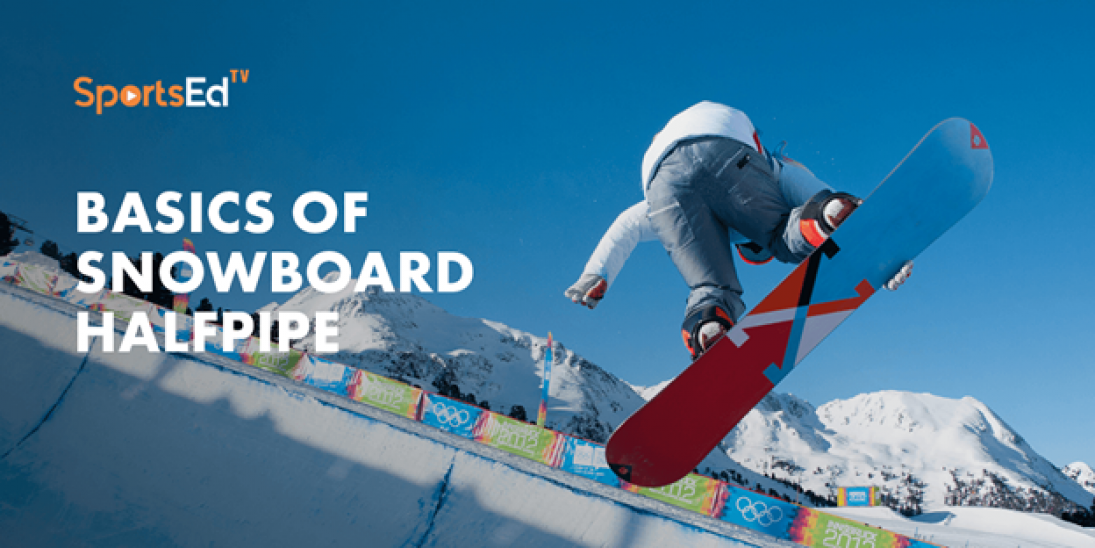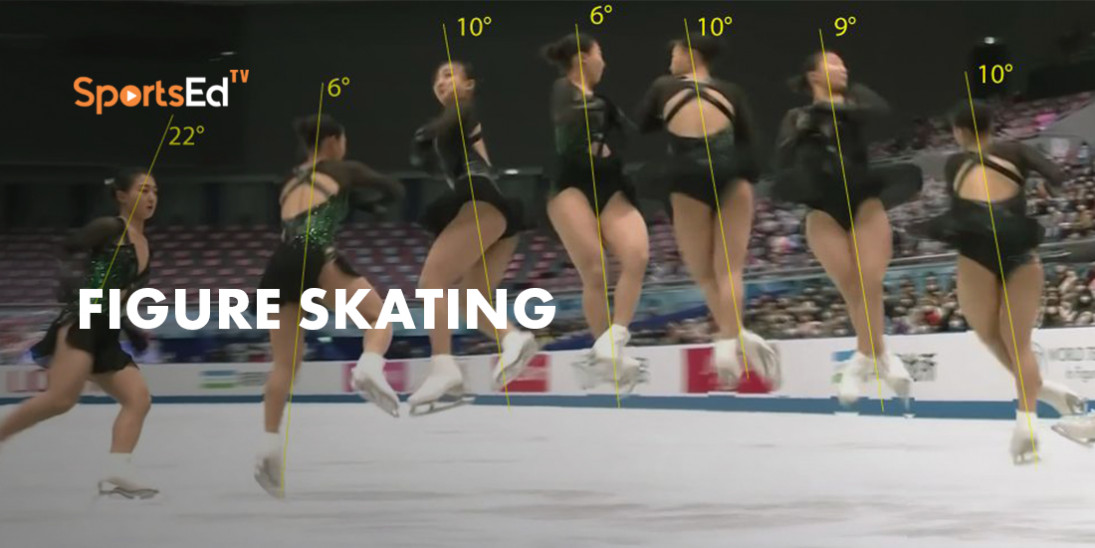Winter Sports
Welcome and thanks for visiting...

Basics of Snowboard Halfpipe Competition

In Snowboard Halfpipe competition athletes perform difficult and creative combinations of tricks with exceptional control and style.
The halfpipe is a snow-shaped half cylinder with an average width of between 18 and 20 meters. It is 160 meters long and has an average gradient of around 18 degrees.
Athletes must complete two runs in qualification and three in the final. The best run is counted in each phase. Judges evaluate the amplitude difficulty of tricks. Execution, progressive trick selection, and landing speed are the foundation of every movement in halfpipe competition.
It is the speed gained on the slope that allows an athlete to launch themselves above the rim of the pipe and perform acrobatic aerial tricks. For the more speed, the higher they go, ensuring enough time and space to complete tricks.
Clean edging up the walls is crucial for maintaining speed for the next hit, another name for a jump. Washing out or scrubbing their edging up a wall will result in a loss of speed, potentially limiting the ability to gain height for the next hit. The tricks performed earn points with how an athlete carries speed from one hit to the next, determining which tricks they can perform.
Snowboarding also has switch starts riding, which is when an athlete rides with the opposite foot forward of their natural stance. Switch backside spins are the most difficult variations in snowboarding, and it has become increasingly important to have at least one switch backside trick in a run.





